To prepare stained temporary mounts of (a) onion peel, and (b) human cheek cells and to record observations and draw their labelled diagram.
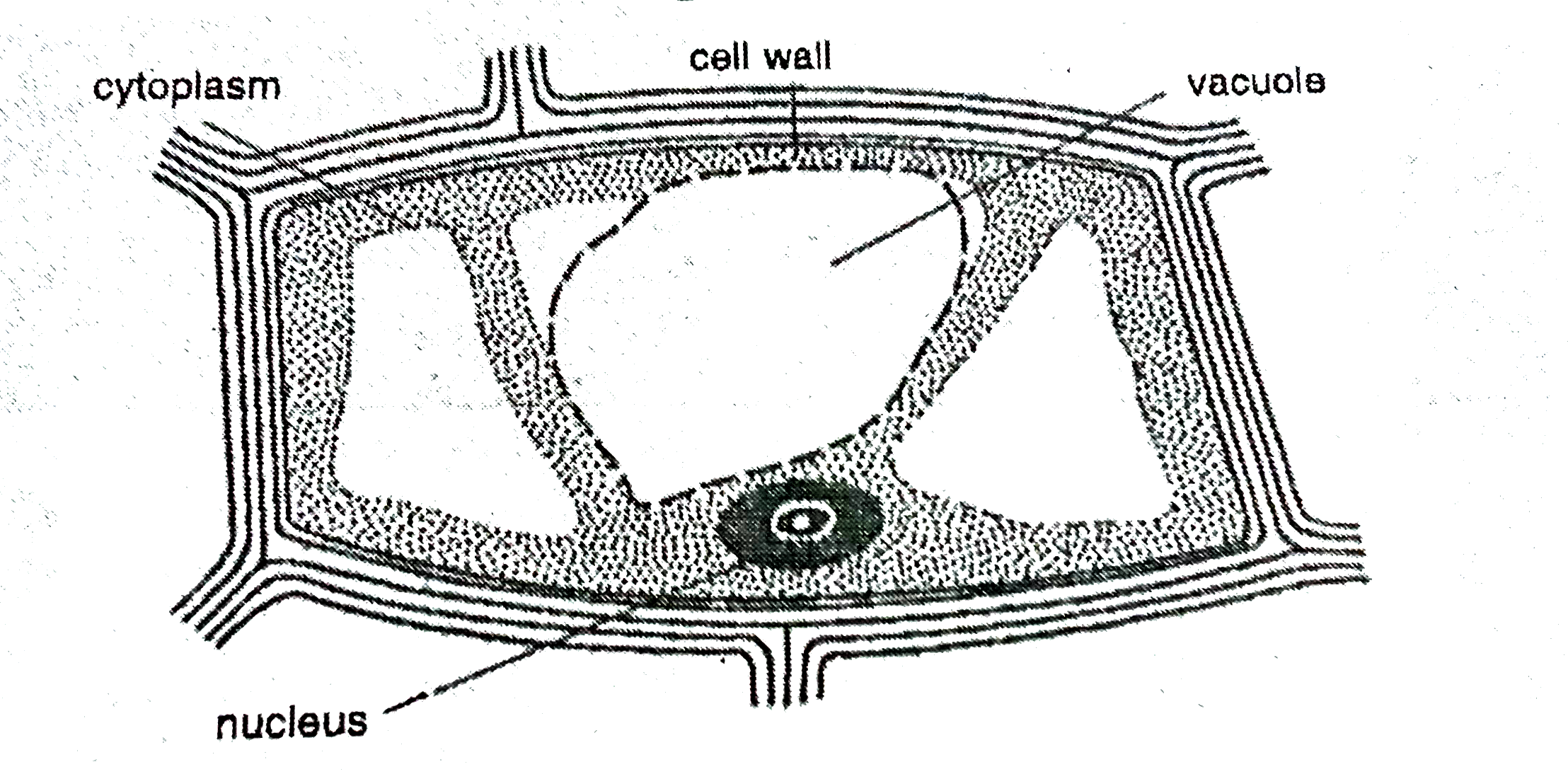
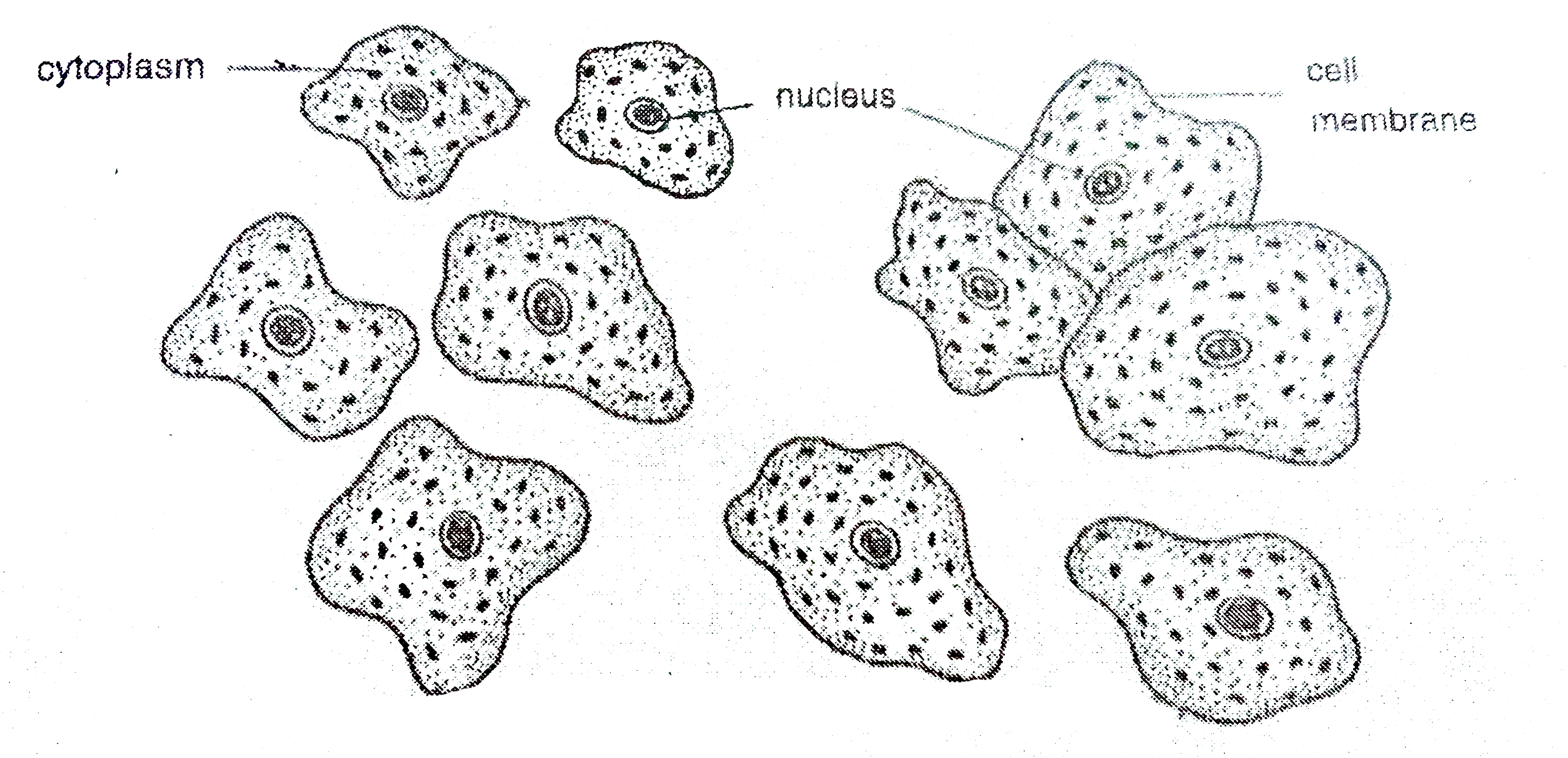
Nucleus was discovered by
Robert Hooke
Robert Brown
Virchow
Schleiden
The correct Answer is:B
Step by step video, text & image solution for To prepare stained temporary mounts of (a) onion peel, and (b) human cheek cells and to record observations and draw their labelled diagram. Nucleus was discovered by by Biology experts to help you in doubts & scoring excellent marks in Class 9 exams.
Updated on:21/07/2023Topper's Solved these Questions
- THE FUNDAMENTAL UNIT OF LIFE: CELL Book:LAKHMIR SINGH & MANJIT KAURChapter:THE FUNDAMENTAL UNIT OF LIFE: CELL Exercise:QUESTIONS BASSED ON NCERT QUESTION BANK (EXAMPLAR PROBLEMS IN SCIENCE)
Explore 1 Video
- NATURAL RESOURCESBook:LAKHMIR SINGH & MANJIT KAURChapter:NATURAL RESOURCESExercise:SHORT ANSWER QUESTIONS
Explore 5 Videos
- TISSUESBook:LAKHMIR SINGH & MANJIT KAURChapter:TISSUESExercise:Long Answer Questions (Carrying 5 marks each)
Explore 1 Video
Similar Questions
To prepare stained temporary mounts of (a) onion peel, and (b) human cheek cells and to record observations and draw their labelled diagram.
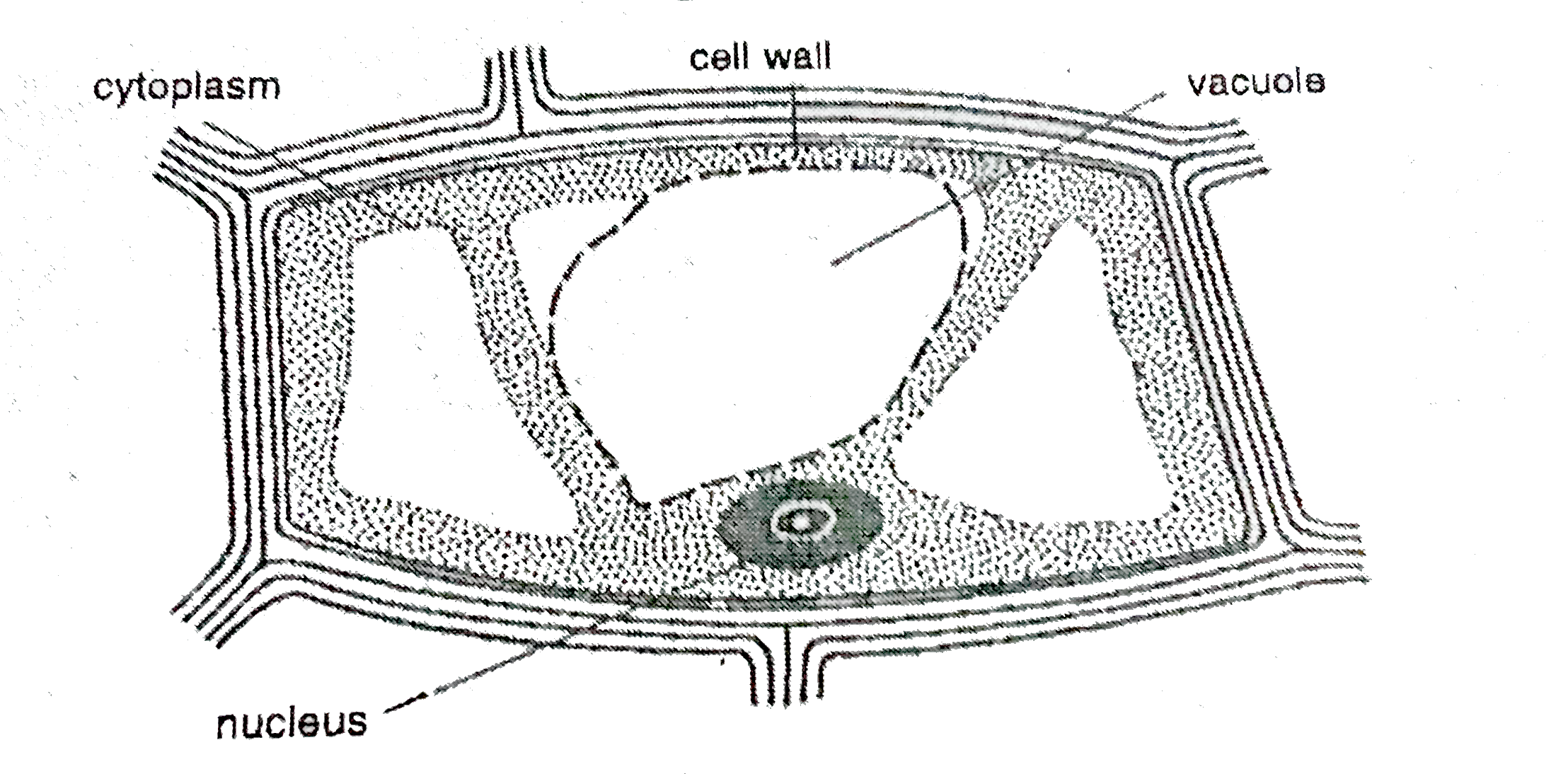
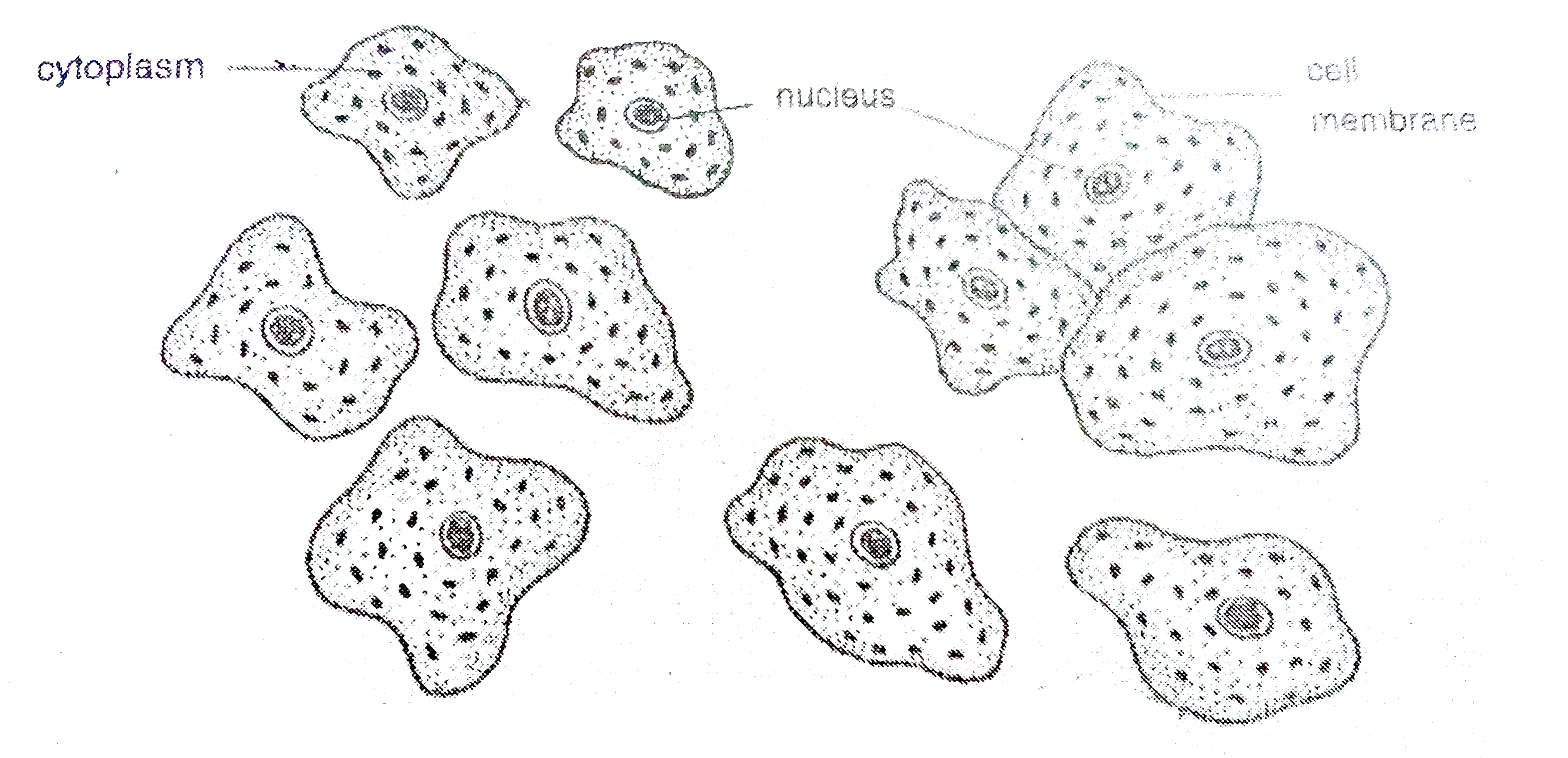
Plant cells generally have
View SolutionTo prepare stained temporary mounts of (a) onion peel, and (b) human cheek cells and to record observations and draw their labelled diagram.
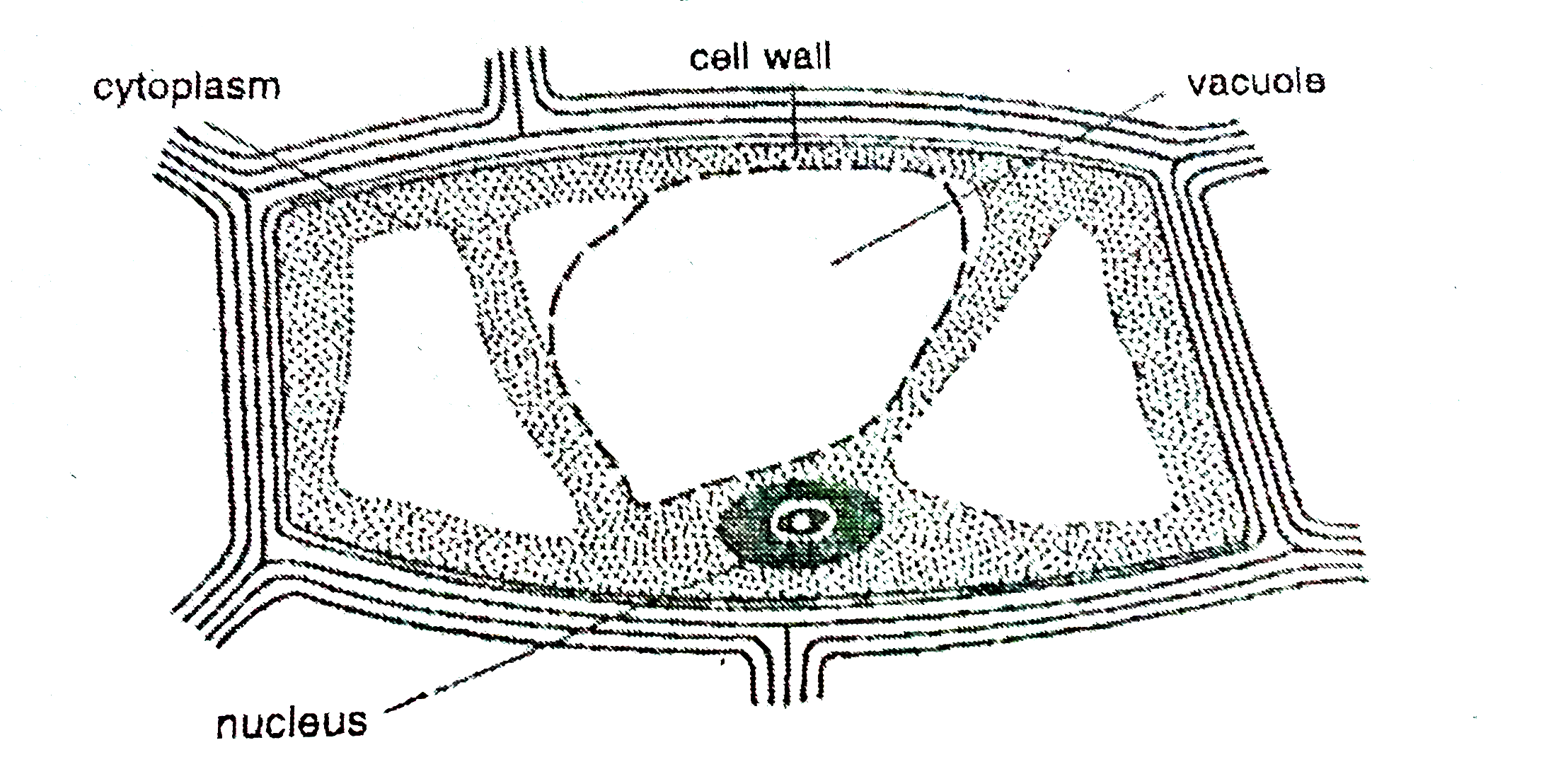
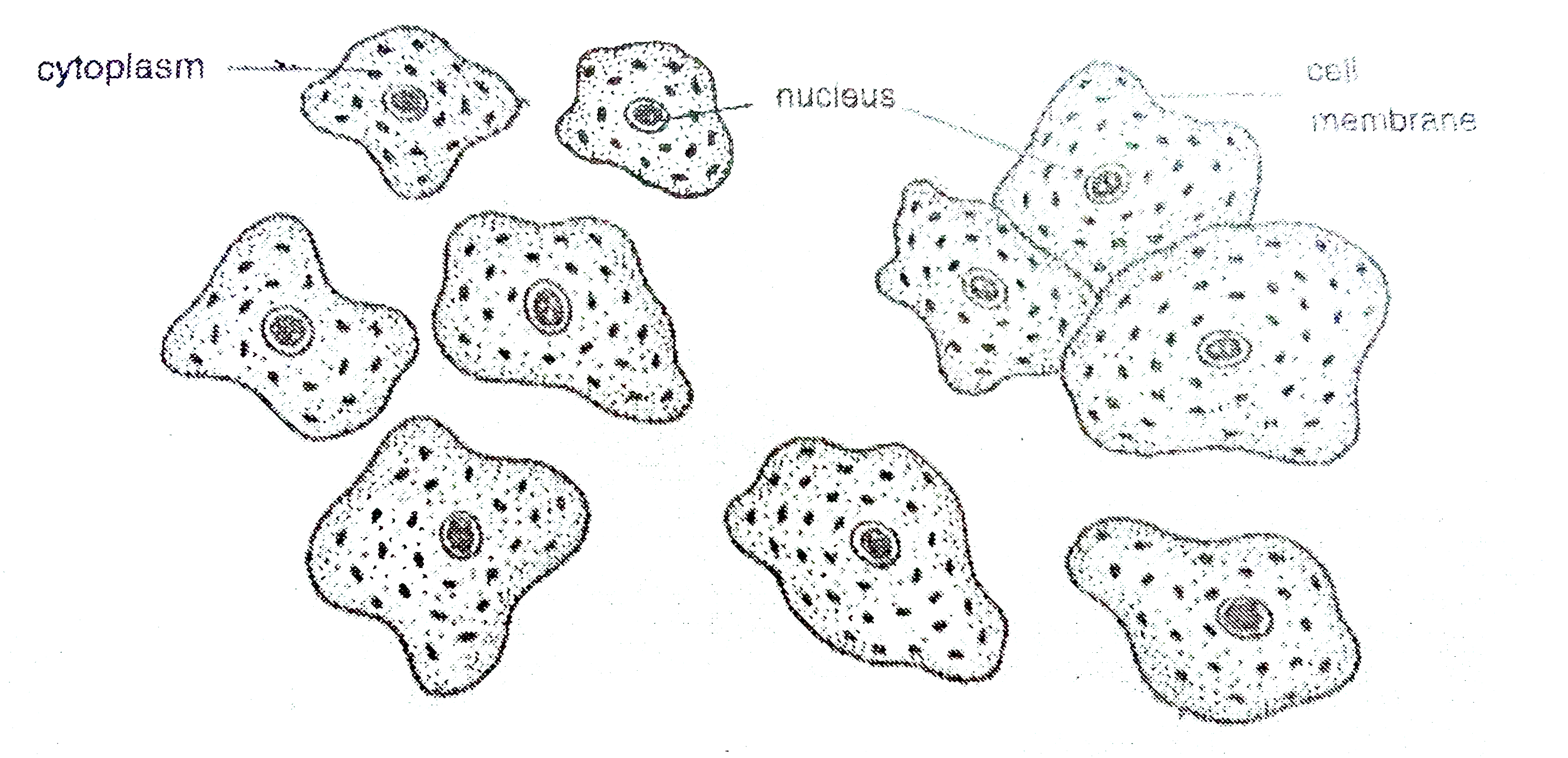
The cels are first focussed in microscope under
View Solution
Knowledge Check
To prepare stained temporary mounts of (a) onion peel, and (b) human cheek cells and to record observations and draw their labelled diagram.
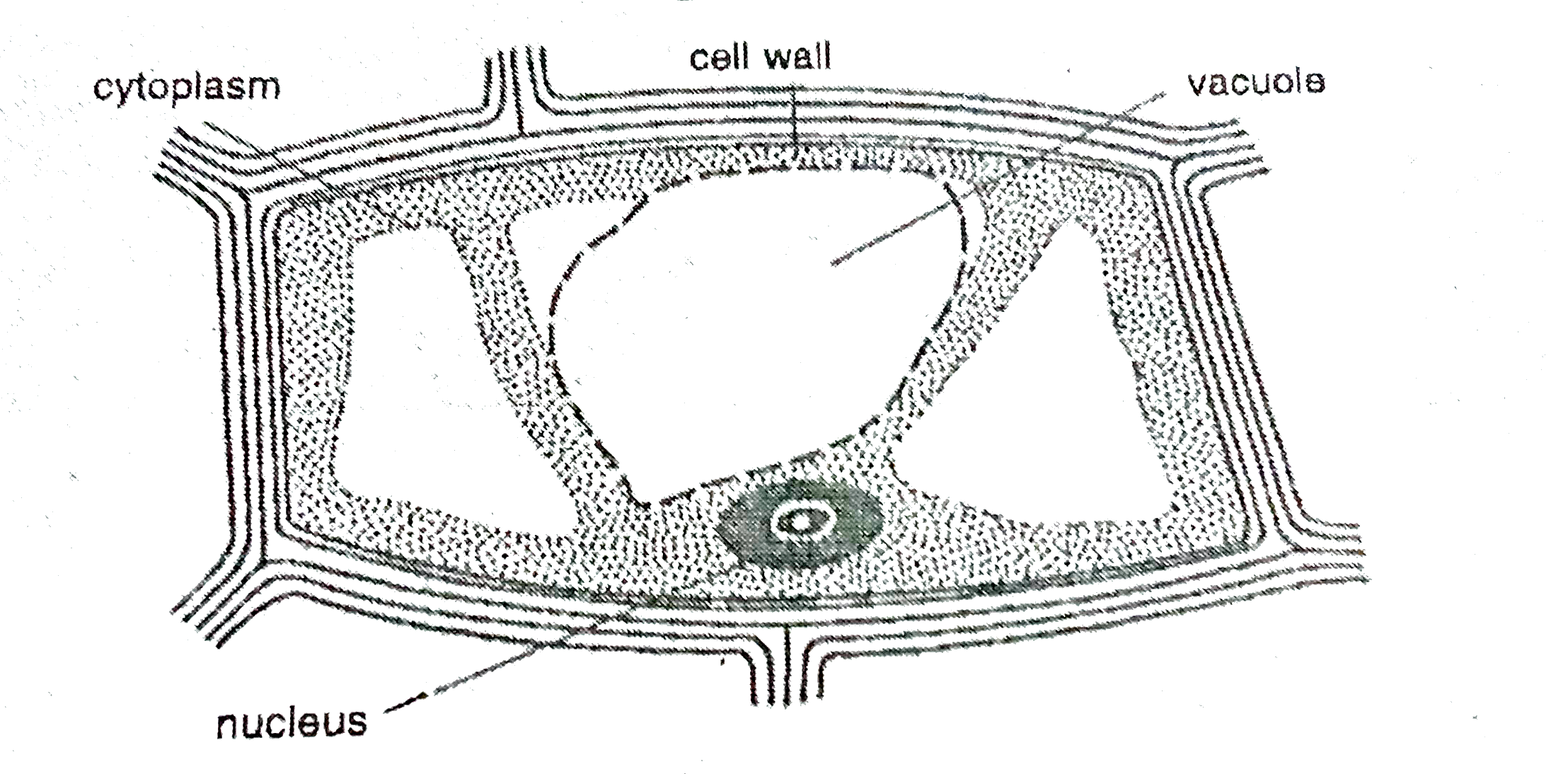
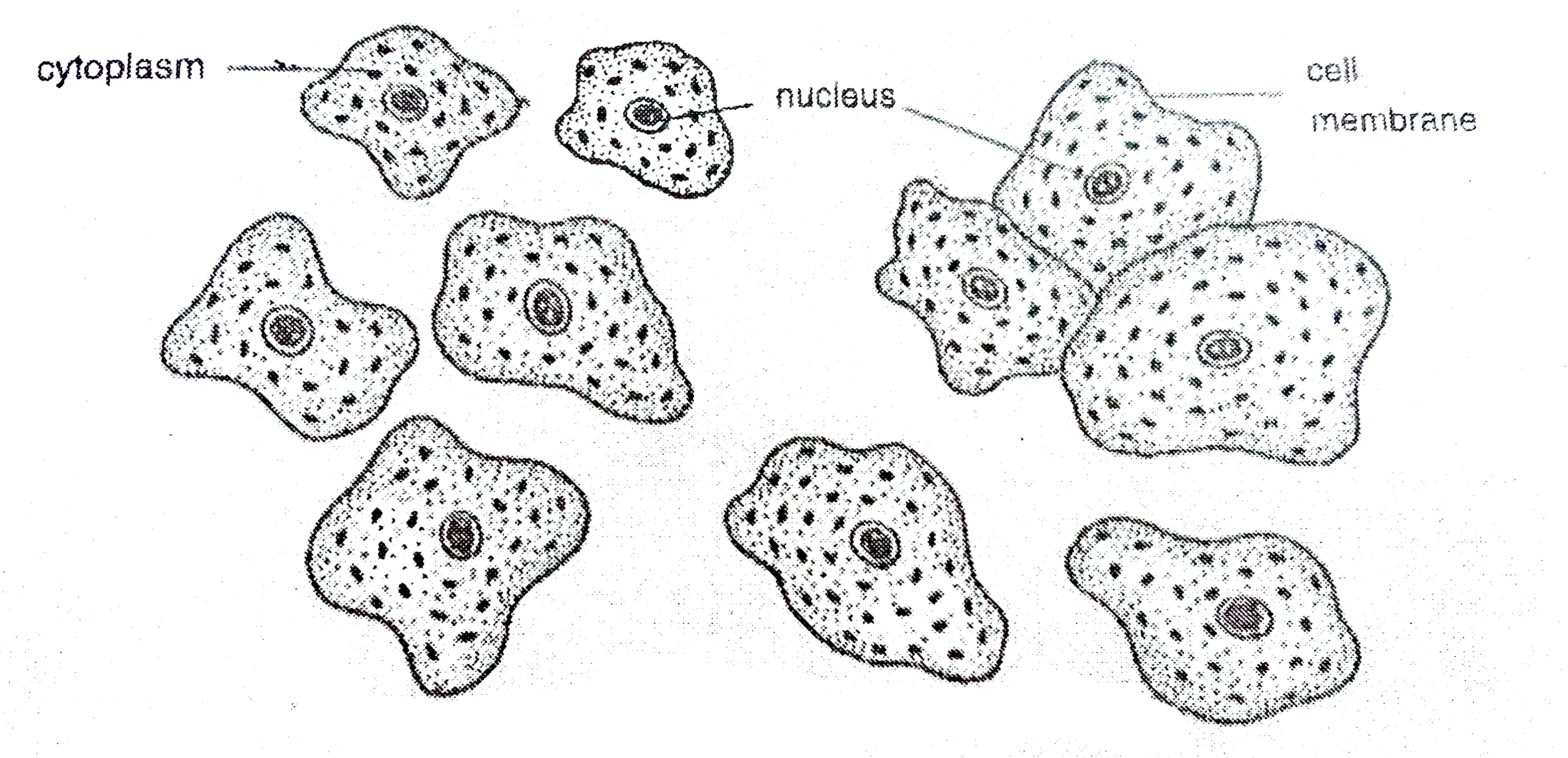
In plant cells, nucleus is generally placedAin the centreBon one side of the cellCattached to plasma membraneDon one corner of the cellTo prepare stained temporary mounts of (a) onion peel, and (b) human cheek cells and to record observations and draw their labelled diagram.
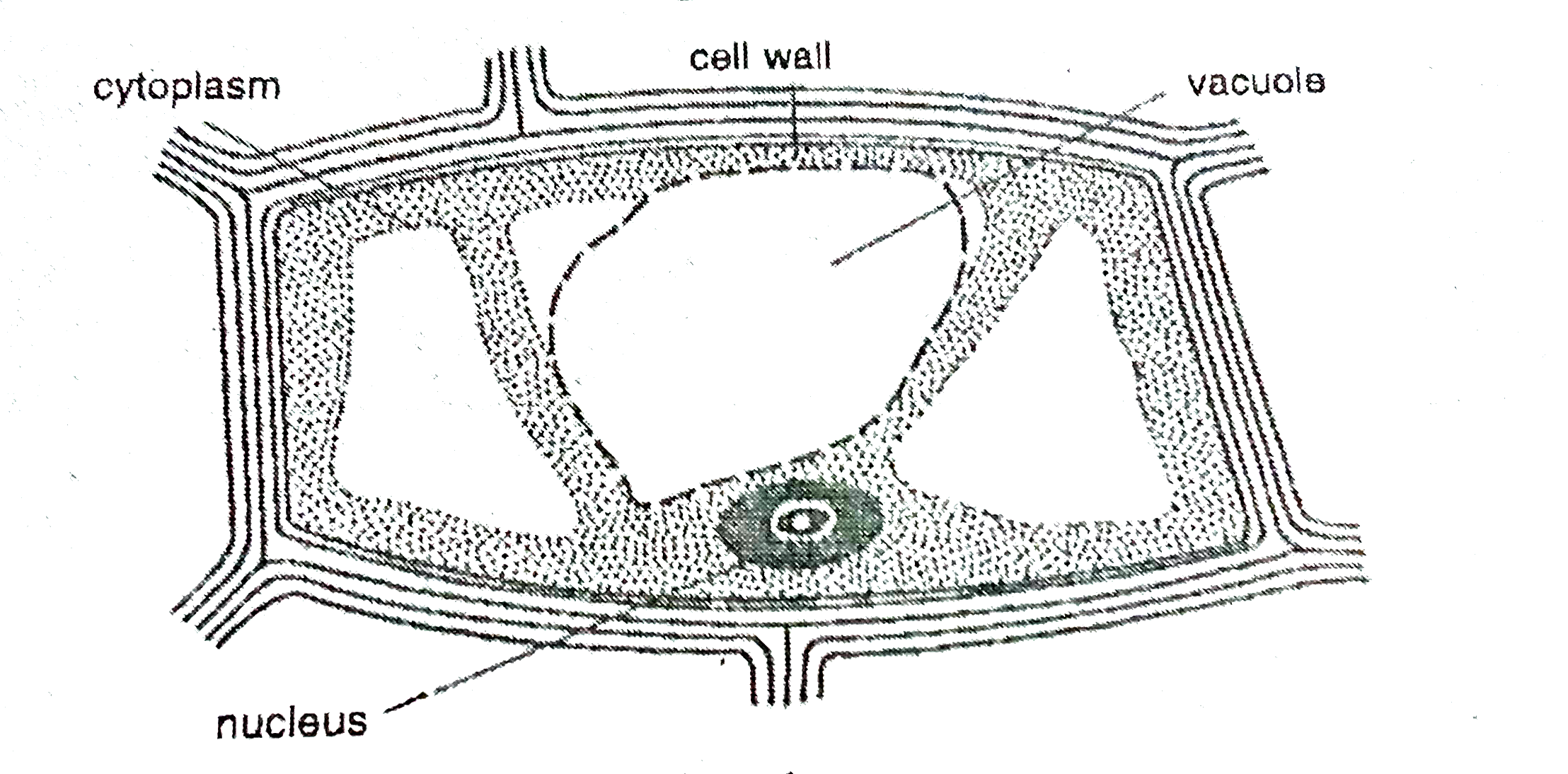

In plant cells, nucleus is generallyAcylindricalBroundedCdiscoidalDellipticalTo prepare stained temporary mounts of (a) onion peel, and (b) human cheek cells and to record observations and draw their labelled diagram.
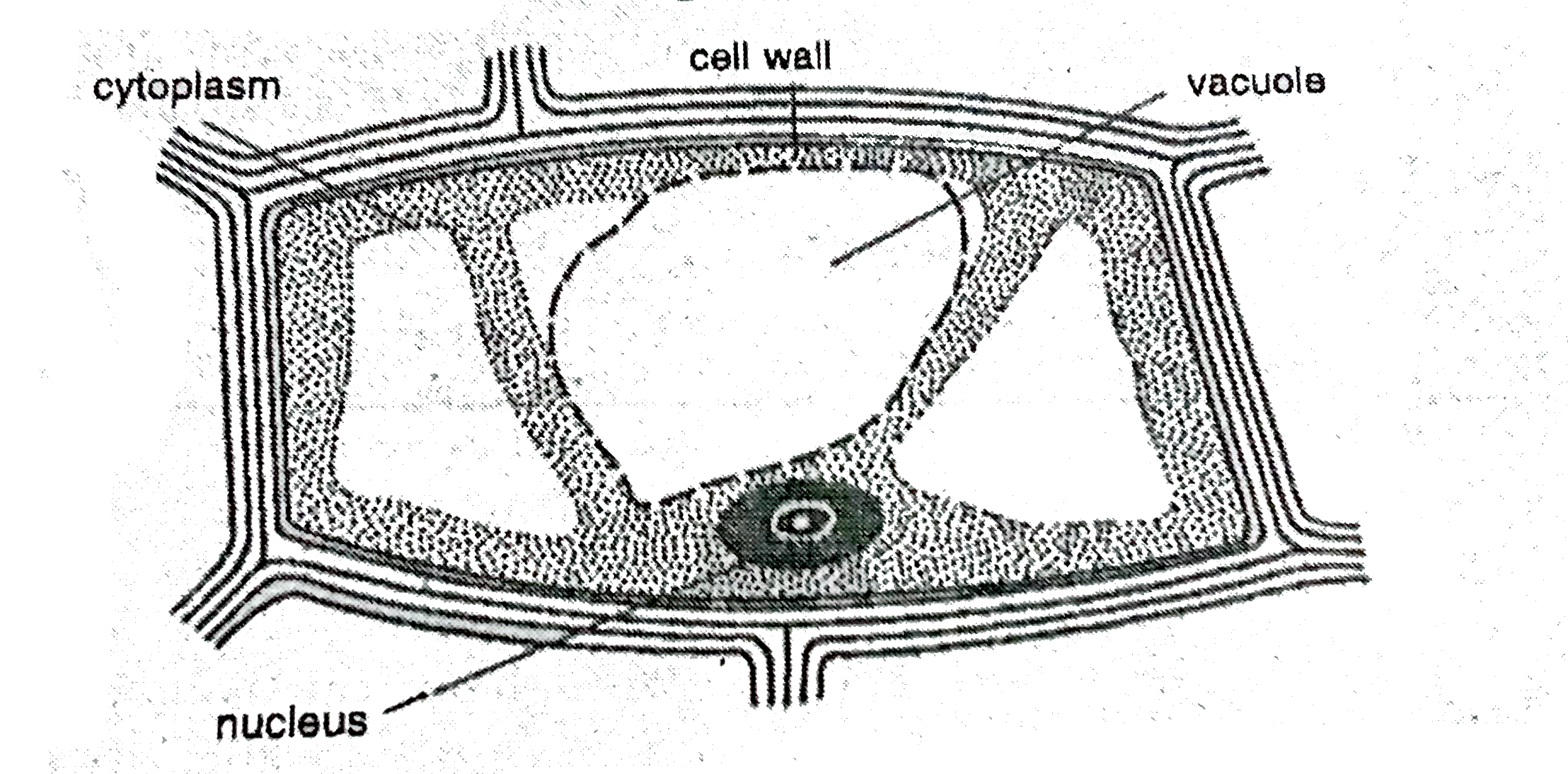
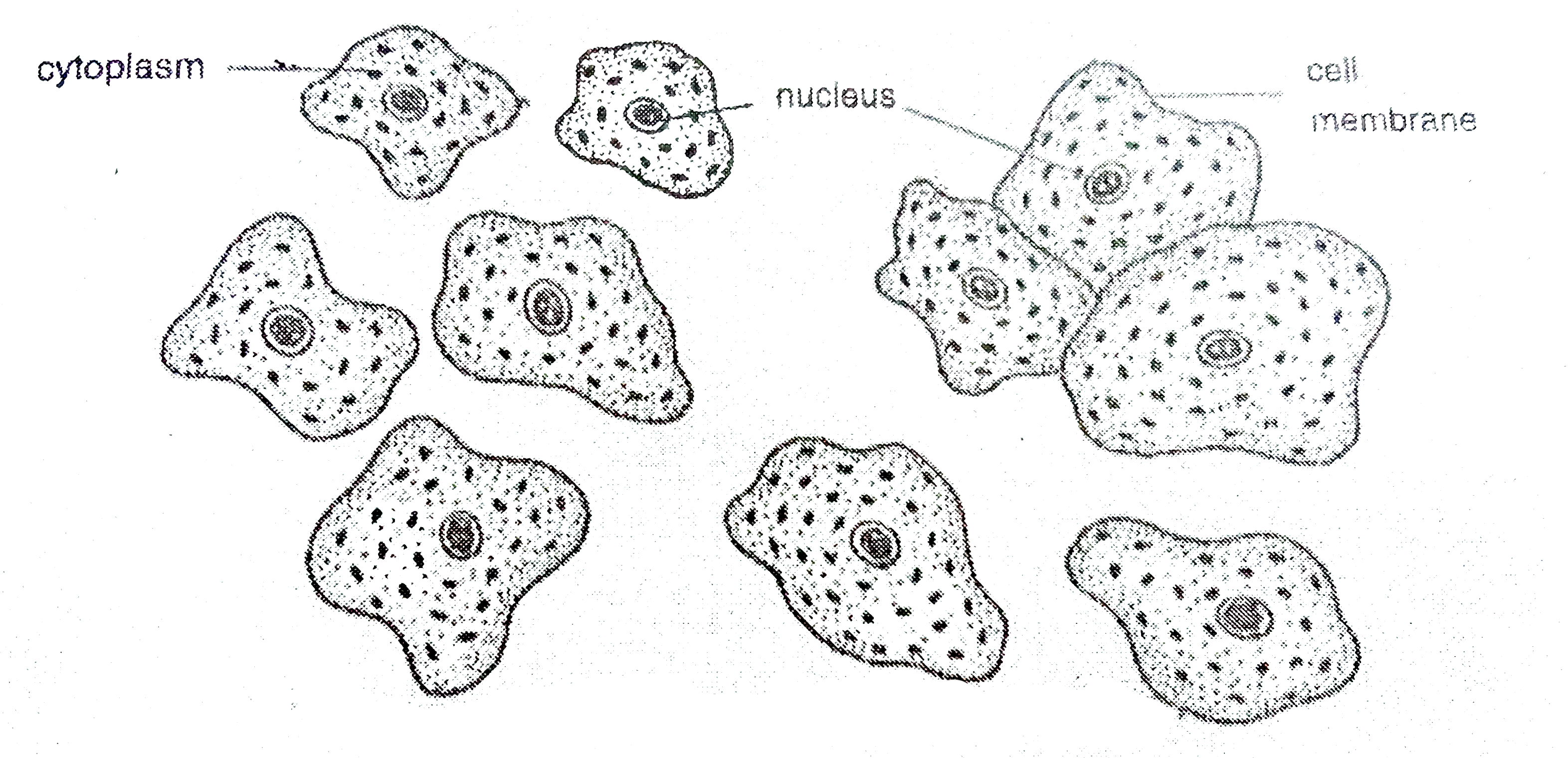
In plant cells, cell wall isAdynamic and liveBrigid and nonlivingCdynamic and non-livingDrigid and living
To prepare stained temporary mounts of (a) onion peel, and (b) human cheek cells and to record observations and draw their labelled diagram.


The outer most covering of a plant cell is
View SolutionTo prepare stained temporary mounts of (a) onion peel, and (b) human cheek cells and to record observations and draw their labelled diagram.


In juman cheek cells, nucleus is generally located
View SolutionTo prepare stained temporary mounts of (a) onion peel, and (b) human cheek cells and to record observations and draw their labelled diagram.
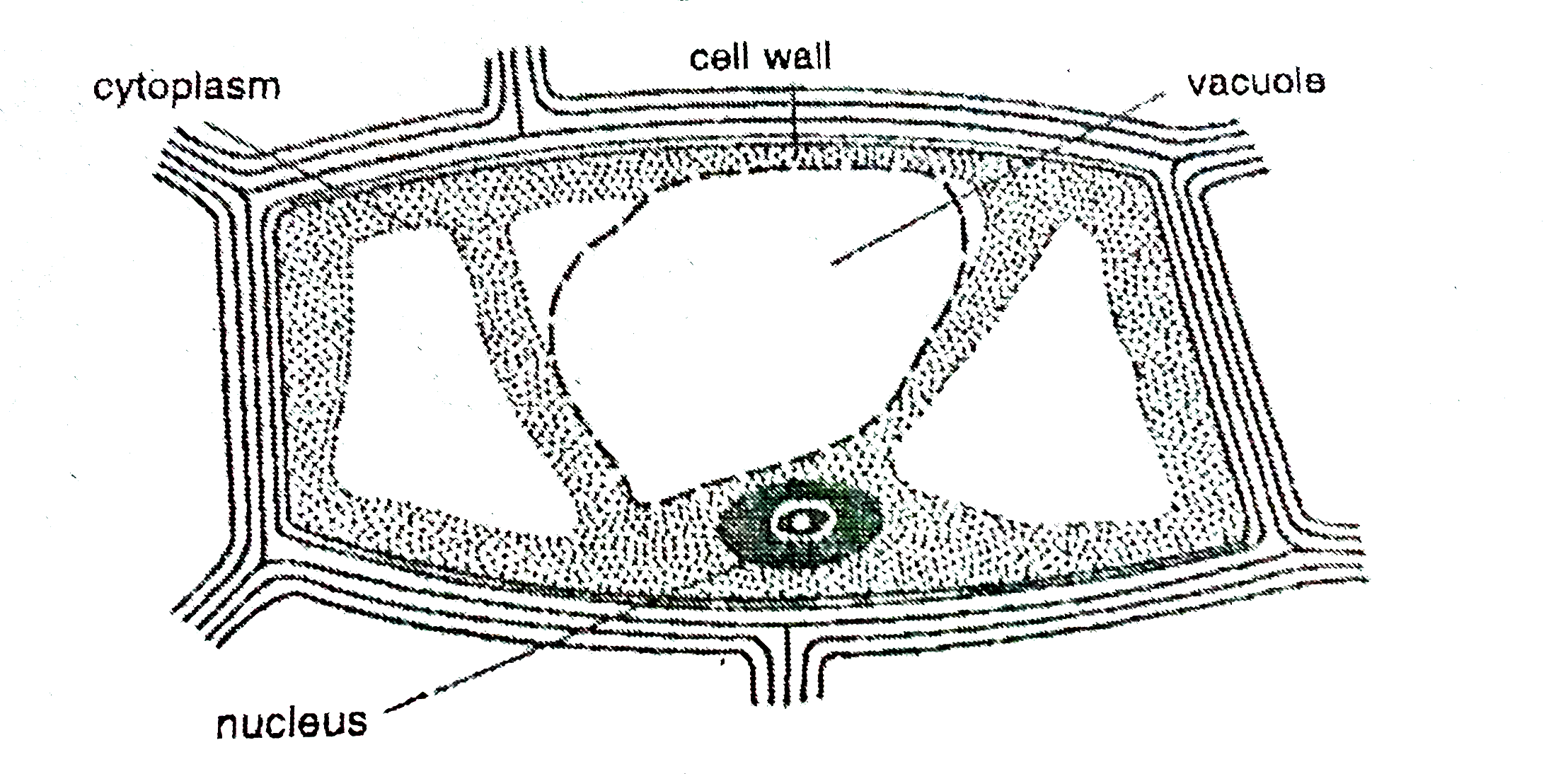
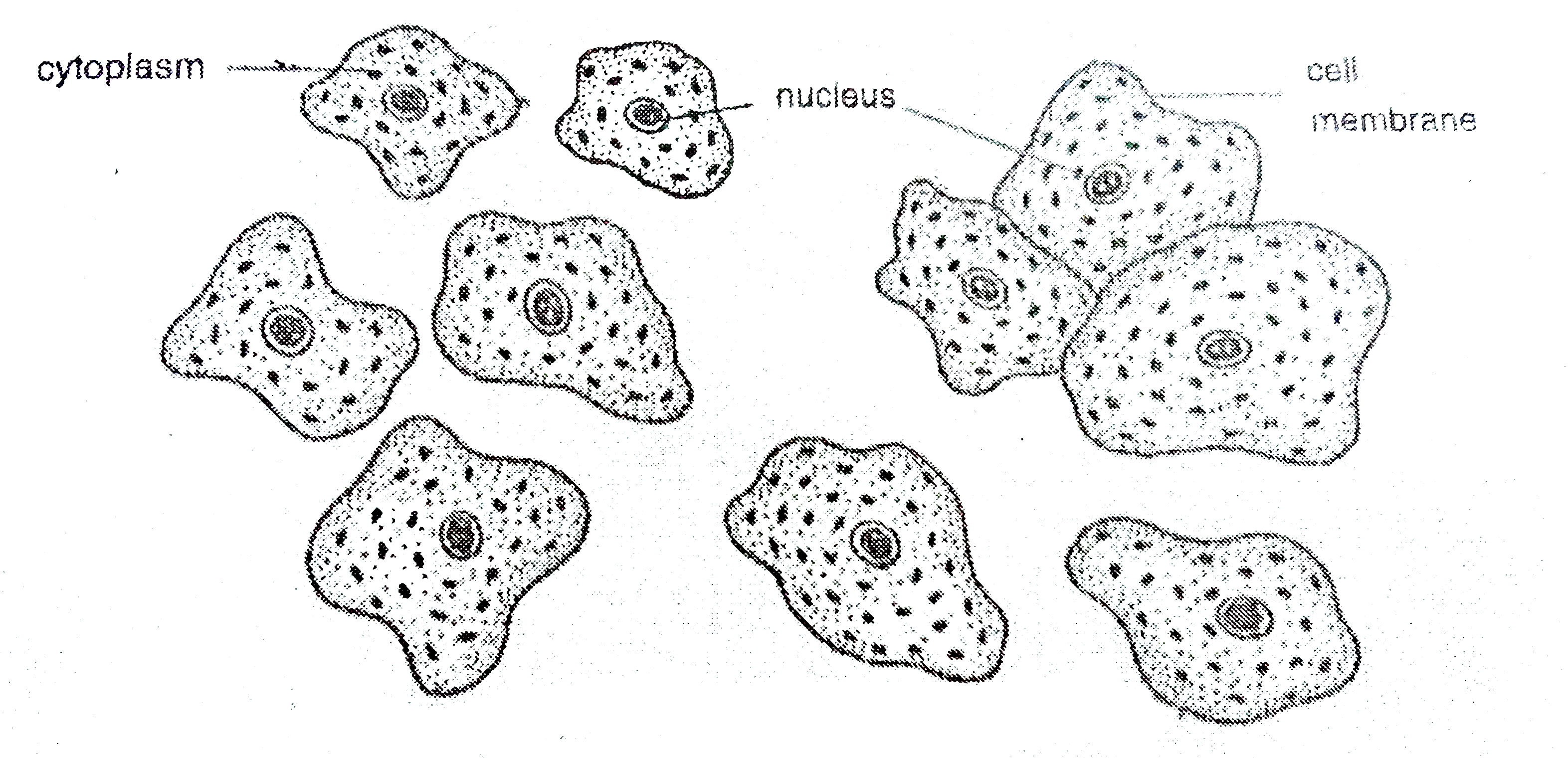
Human cheek cells are commonly stained with
View SolutionTo prepare stained temporary mounts of (a) onion peel, and (b) human cheek cells and to record observations and draw their labelled diagram.
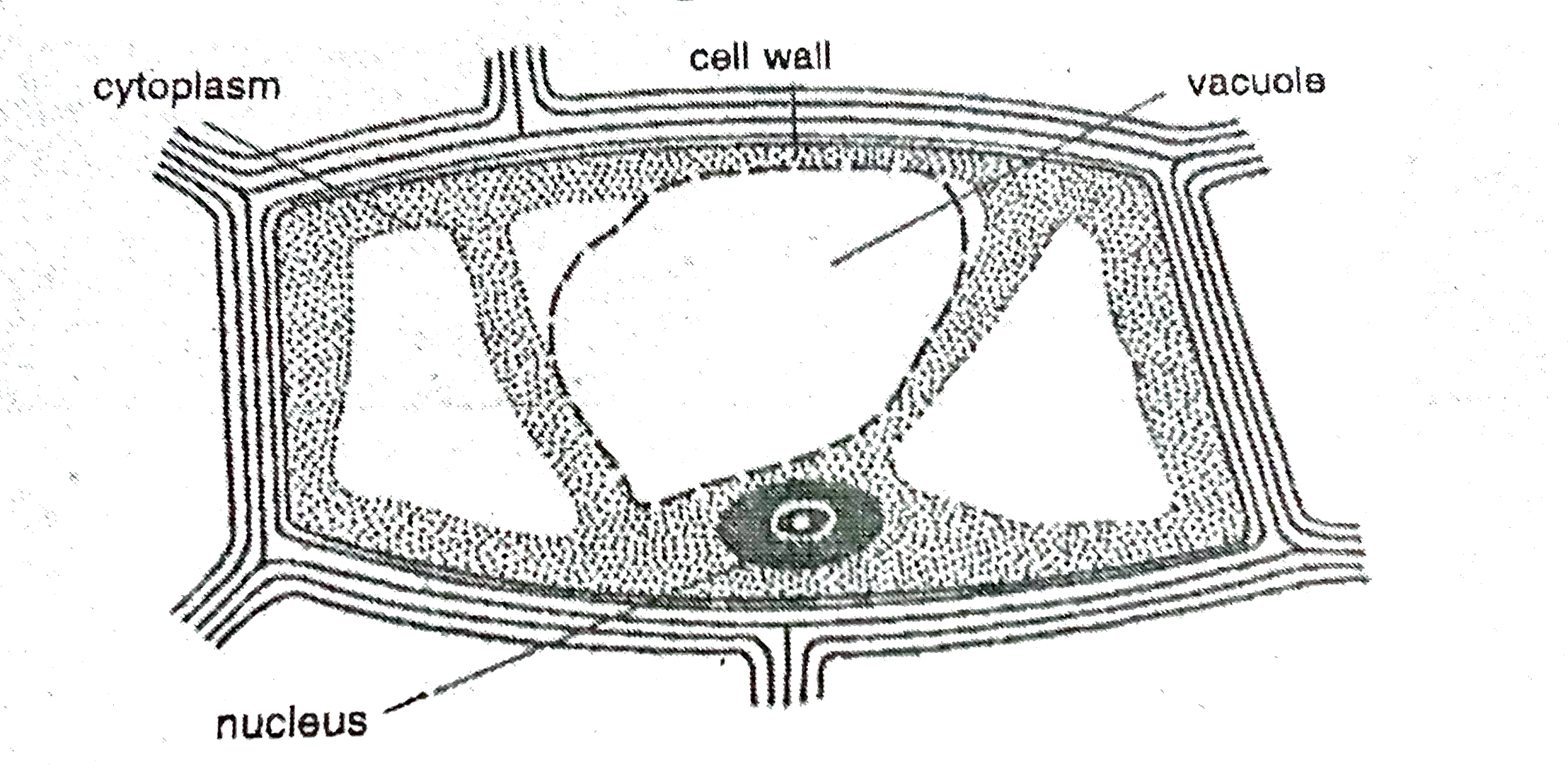
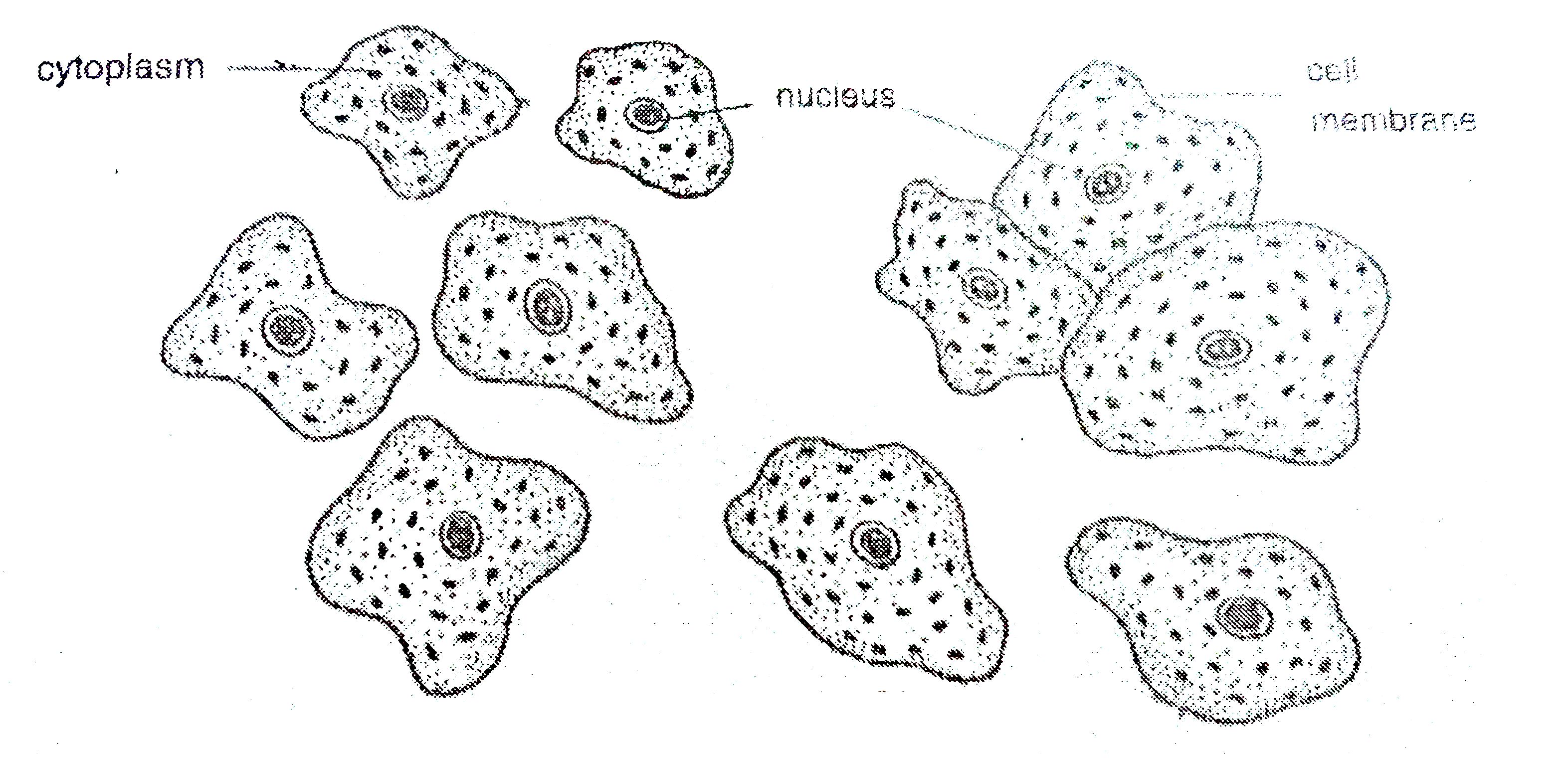
Cell wall in plant cells is made of
View SolutionTo prepare stained temporary mounts of (a) onion peel, and (b) human cheek cells and to record observations and draw their labelled diagram.

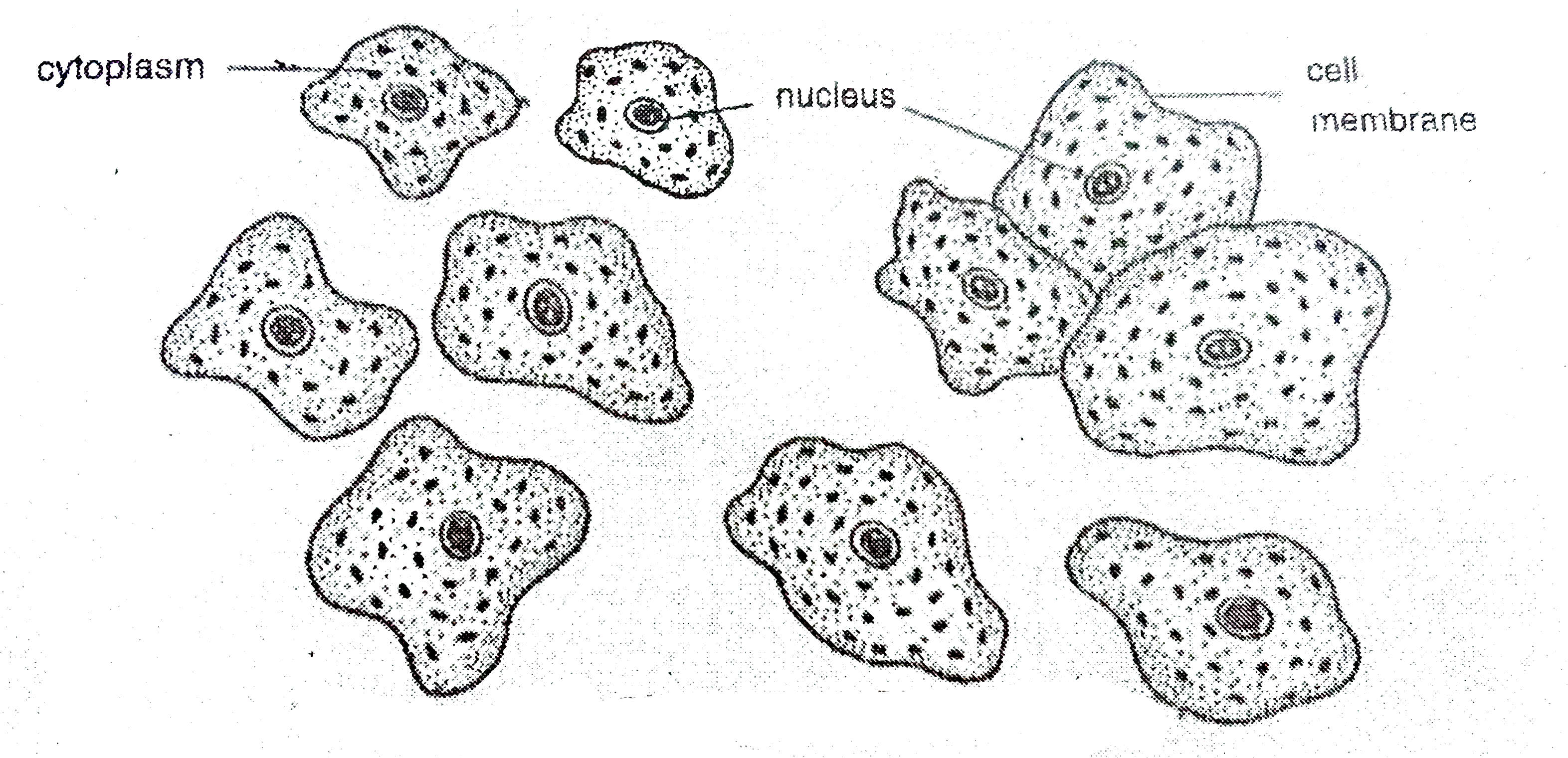
Definite shape of cell is seen in case of
View Solution
